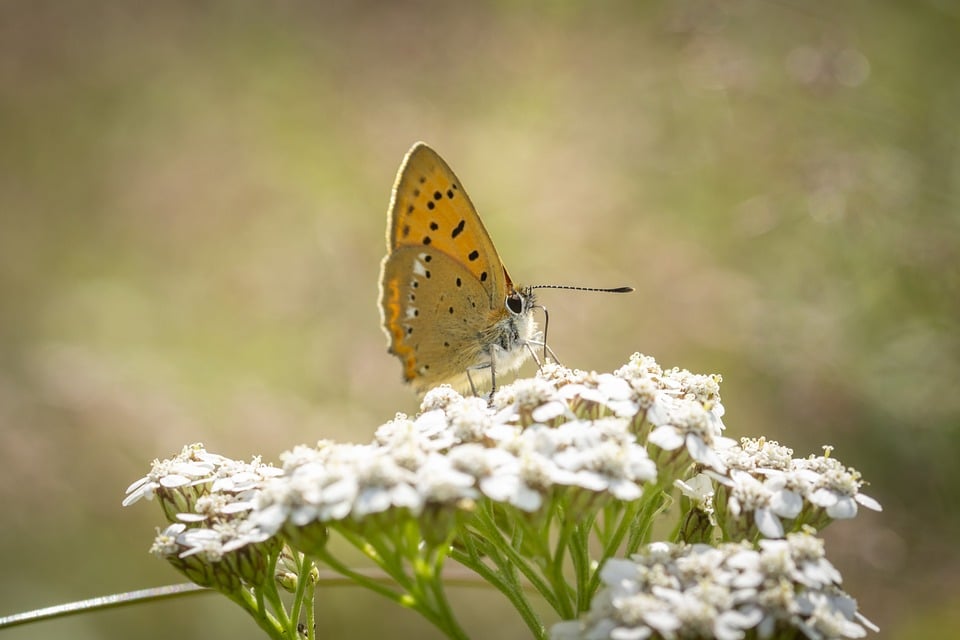In a world filled with uncertainty and challenges, many people turn to charms or talismans for comfort, protection, and good luck. But do these objects really possess mystical powers, or are they simply a product of superstition and folklore? In this article, we will delve into the fascinating world of charms, exploring their historical origins, current uses, and the science behind their supposed efficacy.
Historical Context
Charms have been used by various cultures throughout history as a means of warding off evil spirits, attracting good fortune, and providing protection in times of need. Ancient civilizations such as the Egyptians, Greeks, and Romans believed in the power of charms and amulets to influence the forces of nature and bring about positive outcomes.
In medieval Europe, charms were commonly used to protect against witches, demons, and other malevolent beings. People would wear amulets made from metals, gemstones, or other materials believed to possess magical properties, such as the famous horseshoe charm believed to bring good luck.
The Current State of Charms
Today, the use of charms and talismans remains prevalent in many societies, albeit in a more modernized form. From lucky rabbit’s feet to four-leaf clovers, people continue to seek out objects that they believe will bring them good fortune and protection. In some cultures, charms are an essential part of daily life, with specific rituals and ceremonies dedicated to their creation and activation.
The advent of technology has also led to the creation of digital charms, such as lucky charms apps and online talismans that promise to bring luck and prosperity to their users. While these virtual charms may lack the physical presence of traditional amulets, their popularity highlights the enduring appeal of these objects in the modern world.
Scientific Analysis of Charms
From a scientific perspective, the efficacy of charms and talismans is a subject of debate. Skeptics argue that the perceived benefits of charms are simply the result of psychological factors, such as placebo effects and confirmation bias. They believe that any positive outcomes attributed to charms are purely coincidental and not the result of any inherent power or magic.
On the other hand, some scientific studies have suggested that certain types of charms may indeed have a measurable impact on individuals’ well-being. For example, research has shown that the act of wearing a lucky charm can boost confidence and performance in certain tasks, known as the “charm effect.” This phenomenon highlights the influence of psychological factors on the perceived efficacy of charms.
Practical Applications
Despite the ongoing debate surrounding the science of charms, many people continue to use these objects as a source of comfort and empowerment. Whether it’s a lucky pendant, a protective amulet, or a symbol of love and friendship, charms hold a special significance for their owners and can provide a sense of security in uncertain times.
If you’re interested in incorporating charms into your daily life, here are some practical tips to get you started:
– Choose a charm that resonates with your personal beliefs and intentions
– Cleanse and activate your charm through rituals or ceremonies
– Wear your charm close to your body or keep it in a sacred space for maximum effectiveness
– Trust in the power of your charm and set positive intentions for its use
Conclusion
In conclusion, the science of charms remains a complex and multifaceted topic that combines elements of psychology, culture, and belief systems. While skeptics may dismiss charms as mere superstition, many individuals continue to find solace and inspiration in these objects, drawing strength from their symbolic meaning and perceived powers.
Whether you’re a firm believer in the mystical properties of charms or a skeptic seeking a rational explanation, the allure of these objects is undeniable. As we navigate the challenges of everyday life, the power of charms lies not in their supernatural abilities, but in the comfort and hope they offer to those who hold them dear.
Thank you for joining us on this exploration of the science of charms. We hope this article has provided you with valuable insights into this fascinating topic. For further reading on charms, talismans, and related subjects, we recommend exploring academic studies, cultural histories, and personal testimonials to deepen your understanding of this enduring phenomenon.
